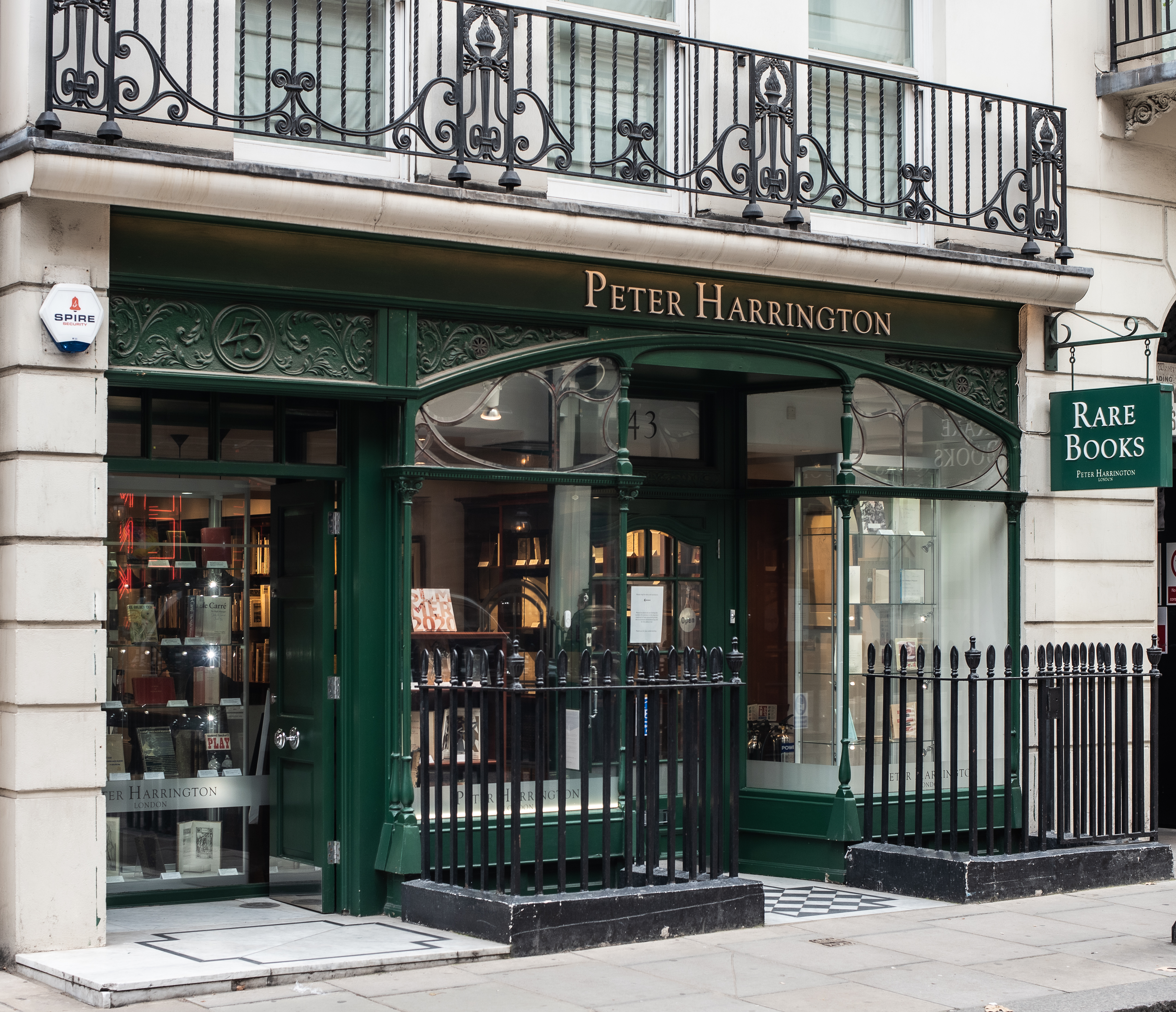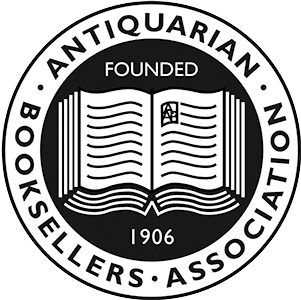London: Methuen & Co. Ltd,, 1924-28. First volume warmly inscribed to the author's literary agent First editions. When We Were Very Young inscribed on the front free endpaper to Curtis Brown who made both Milne and Winnie-the-Pooh an international success, and in the first state of the first impression without the page number ix in the preliminaries. The dust jacket for Winnie-the-Pooh is in the first state with "117th Thousand" on the rear flap. The presentation inscription uses a distinctive Milne phrase for a superlative individual, and appears to predate the description of Winnie-the-Pooh as "that sort of Bear" in the first chapter of Winnie-the-Pooh. This inscription is exceptional and records the importance of Curtis Brown to Milne, together with author's respect: "To Curtis Brown, in return for all the trouble he has saved me - and is going to save me - and the money he has made for me - and is going to make for me - in short, in return for the blessed feeling of saying 'Don't bother me. Go to Brown'. This book (which he bought himself - that sort of man) from A. A. Milne". Albert Curtis Brown (1866-1945), an American journalist, founded his literary agency in 1899. Milne's biographer notes that by November 1917 Brown had become Milne's agent (see Thwaite, p. 185), and the agency continues to represent the Milne Estate. Brown was, therefore, responsible for the commercial success of Winnie-the-Pooh, and a significant figure in Milne's career. After the huge success of When We Were Very Young, published in 1924, Milne was asked to contribute a story to the London Evening News. "The Wrong Sort of Bees", published on Christmas Eve 1925, was based on a bedtime story that Milne had told his son Christopher. It starred Christopher's teddy bear, bought at Harrods for Christopher's first birthday, known initially as Edward or Edward Bear, and later renamed Winnie-the-Pooh (after a favourite bear cub at London zoo). Winnie-the-Pooh (1926) was an immediate success and garnered even more enthusiastic reviews than its predecessor. Now We Are Six followed in 1927, and took just two months to eclipse the sales records of the previous two books. The final book, The House at Pooh Corner, was received by critics with a delight tinged by sadness. "The Times Literary Supplement congratulated Milne on avoiding 'the temptation to repeat his successful formula mechanically', though it was 'sad to see the stories end'" (Thwaite, p. 336). The copy of When We Were Very Young is from the library of Duncan Cranford, a collection that was formed in the 1930s to 1940s that was especially strong in works by Stevenson, Conrad, Maugham, and Milne. The Maugham collection was donated to Williams College in 1986. Four works, octavo. Illustrations throughout by E. H. Shepard. Original blue, green, red, or pink cloth, spines lettered in gilt, front covers with pictorial designs and ruled borders in gilt, top edges gilt. With dust jackets. Housed in a custom light brown cloth chemise and dark brown morocco-backed slipcase. Corners very slightly worn, some browning to endpapers (as usual), bubbling to front fixed endpaper of When We Were Very Young; spines of jackets to When We Were Very Young and Winnie-the-Pooh toned, minor loss to head of spine of supplied jacket to When We Were Very Young, spines with integral prices: a near-fine set in very good jackets. Payne IA, IIA, IIIA, IVA. Ann Thwaite, A. A. Milne: His Life, 1990.



















